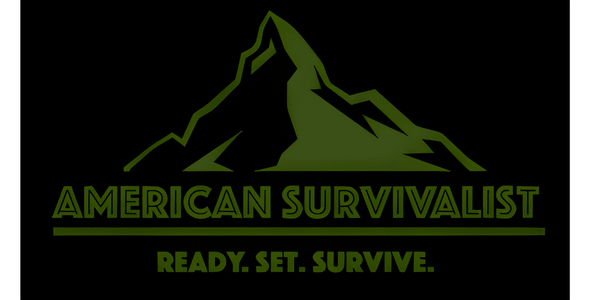Emergency Preparedness and Survival FAQ
Q: How long should I be prepared to survive in case of an emergency?
A: The general recommendation is to be prepared for at least 72 hours, but it is better to be prepared for long periods of time, such as a week or two.
Q: What are the most essential items I should have in my survival kit?
A: The most essential items for your survival kit include water, food, shelter, a first aid kit, a flashlight, a radio, extra batteries, and a multi-purpose tool.
Q: Can I customize my survival kit to fit my individual needs?
A: Yes, you can customize your survival kit to fit your individual needs. Consider factors such as location, climate, and the number of people in your household when making your own survival kit.
Q: How often should I replace or update the items in my survival kit?
A: It is recommended that you review and update your survival kit at least once a year to ensure that all items are still in good working condition and that your kit meets your current needs.
Q: How can I learn survival skills and techniques?
A: You can learn survival skills and techniques through courses, books, online resources, and training programs. It is important to practice and apply these skills regularly to ensure that you are prepared in case of an emergency.
Q: How can I involve my family in emergency preparedness planning?
A: Involving your family in emergency preparedness planning is crucial. Discuss potential emergencies, create a family emergency plan, and ensure that everyone in your family knows how to use the items in your survival kit.
Q: How do I use a particular survival tool or item?
A: It is important to familiarize yourself with the tools and items in your survival kit and learn how to use them before an emergency situation arises. Consult instructional materials or seek guidance from experts in emergency preparedness.
Q: How do I store my emergency supplies properly?
A: Store your emergency supplies in a cool, dry, and secure location. Avoid storing items in direct sunlight or areas prone to flooding.
Q: What are the most common mistakes people make when preparing for an emergency?
A: The most common mistakes include not having enough water or food, not having a proper emergency plan, not practicing or updating emergency plans, and not having adequate supplies.
Q: What are the most common types of emergencies I should prepare for?
A: The most common types of emergencies include natural disasters such as hurricanes, earthquakes, and floods, as well as power outages and other emergencies that may disrupt daily life.
Q: How can I ensure the water I store is safe to drink?
A: To ensure the safety of your stored water, use clean and sealed containers, and consider using water purification tablets or filters.
Q: How do I start a fire without matches or a lighter?
A: Methods for starting a fire without matches or a lighter include using a fire starter, flint, and steel, or a magnifying glass to focus sunlight onto kindling.
Q: Can I use my survival gear for outdoor activities like camping and hiking?
A: Yes, survival gear can be used for outdoor activities such as camping and hiking.
Q: How can I protect my home from natural disasters like earthquakes or floods?
A: To protect your home from natural disasters, consider securing large items, such as furniture and appliances, to prevent them from falling or shifting during an earthquake, and installing flood barriers or elevating items in case of flooding.
Q: What is the difference between a bug-out bag and a shelter-in-place kit?
A: A bug-out bag is a portable kit designed to sustain you for a few days, while a shelter-in-place kit is designed to provide you with supplies.

American Survivalist Insider
Join our community and be the first to receive expert survival guides, exclusive product releases, limited-time discounts, and the latest news and trends in emergency preparedness.

